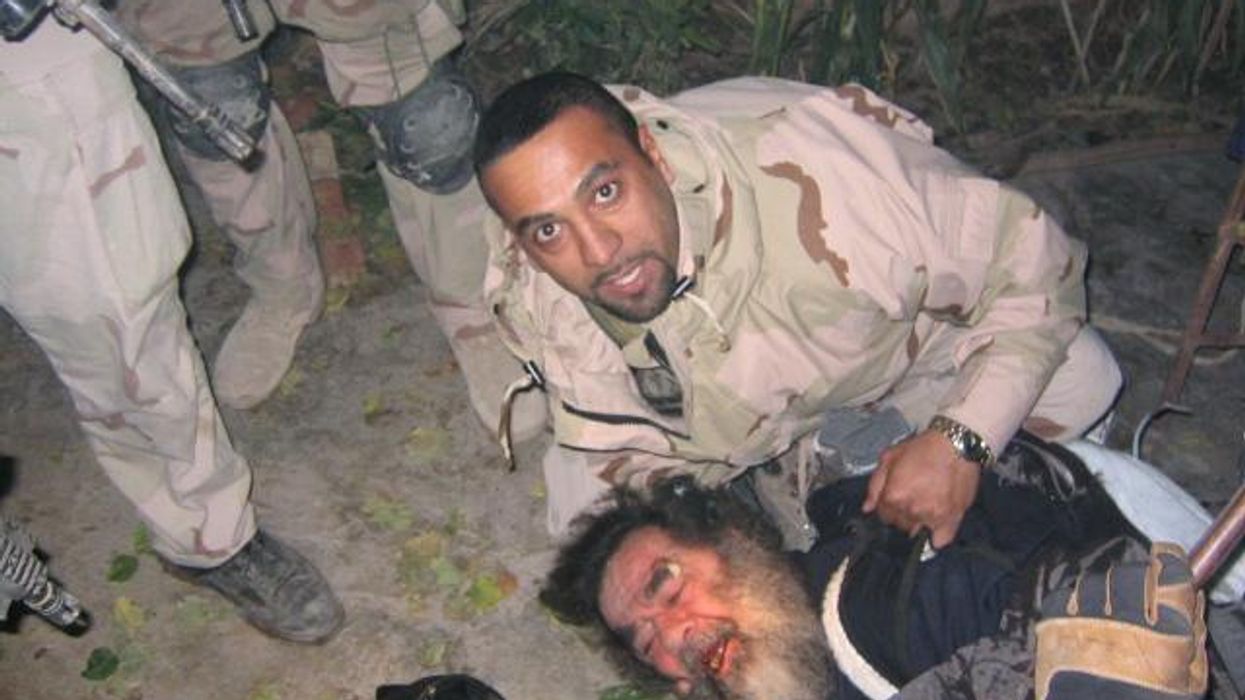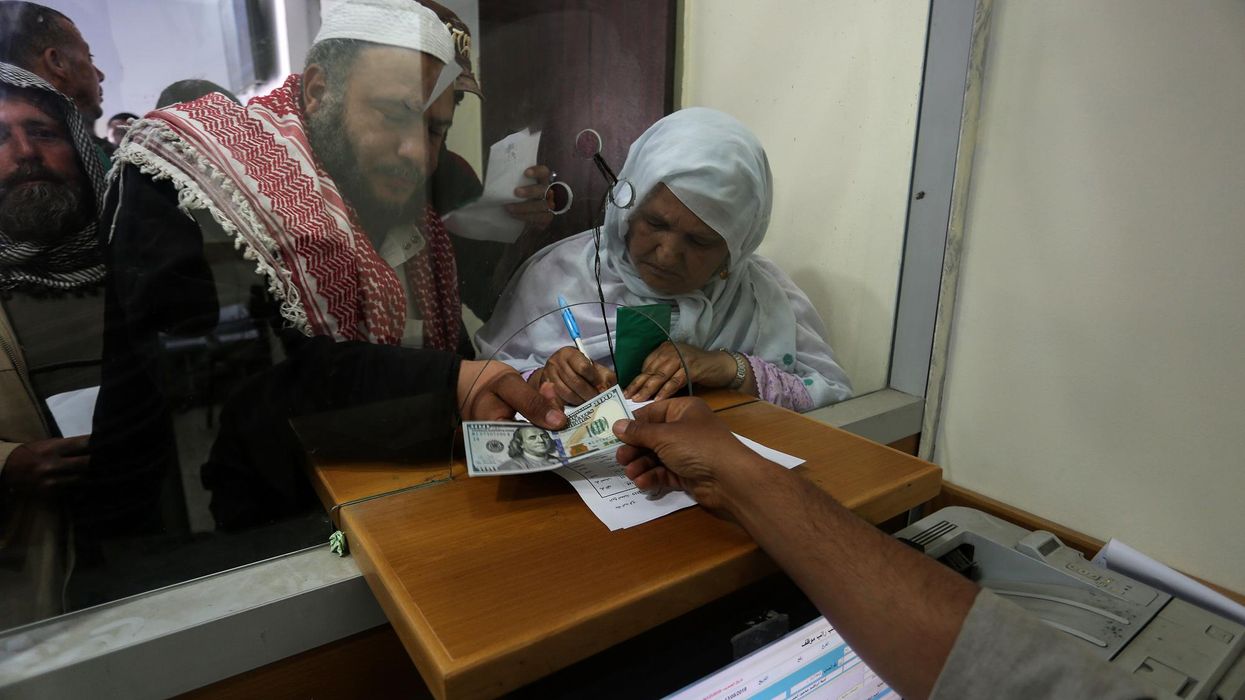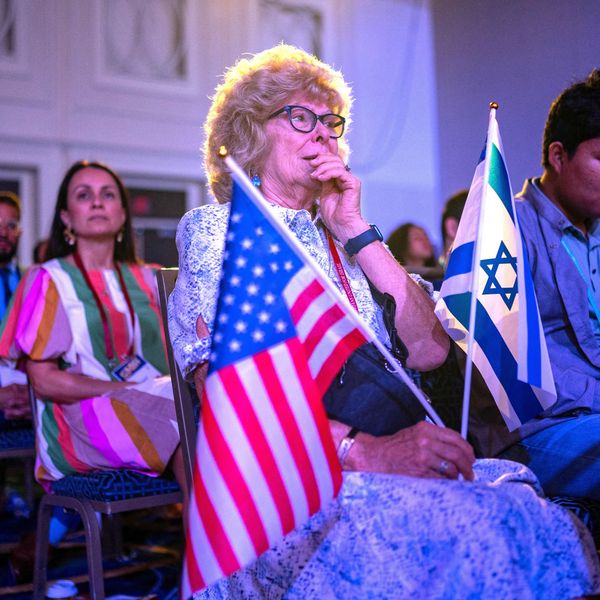Abdel Rahman al-Tamami's short life was a dark mirror of his country's woes. Born shortly before thousands of Libyans took to the streets demanding freedom, he died last month aged just ten, killed while commemorating the liberty his people were supposed to have won.
It was February 16th 2021 and Libyans, including Abdel Rahman's family, had gathered in the streets of the southern Libyan city of Sabha to commemorate the anniversary of the uprising against dictator Muammar Gaddafi. As if from nowhere, a mortar shell struck the crowd. Abdel Rahman received a terrible headwound and he died later in hospital — with up to 30 more civilians injured in the unclaimed attack.
It’s been ten years since the first NATO airstrikes targeted Gaddafi's forces during the “Arab Spring,” turning the tide in the country's civil war and helping bring down the brutal dictator. In that decade there have been intermittent periods of calm, but the threat of often arbitrary death from the skies has never disappeared.
NATO's 2011 intervention was based on a United Nations mandate to protect civilians. For seven months it bombed the Gaddafi regime into submission, resulting in the Colonel's eventual capture and brutal killing at the hands of rebel groups.
In many ways it was seen as a success. UN investigators later said NATO had conducted a "highly precise campaign with a demonstrable determination to avoid civilian casualties." New research from Airwars published March 18 finds that Gaddafi's forces killed relatively few people with heavy weapons — almost certainly a result of NATO taking out Gaddafi's tanks and airplanes.
“If you’re trying to assess the legacy of the aerial intervention, it was lauded by many as a success,” said Frederic Wehrey, a Senior Fellow at Carnegie Endowment.
Yet Airwars has also found that civilian casualties from NATO actions were likely considerably higher than the 60 deaths that United Nations investigators recorded in 2012, based on 20 incidents they had investigated. This has been published today in a significant new database documenting locally reported civilian casualties from all parties to the fighting.
The research, which looked at civilian harm by all sides in the 2011 civil war, found between 1,142 and 2,515 civilians likely killed in 212 incidents reviewed by the team. The majority were allegedly caused by forces of the Gaddafi regime — between 869 and 1,999 likely deaths. But NATO airstrikes also resulted in 223 to 403 likely civilian deaths in those events reviewed by Airwars.
Perhaps the worst incident was in the village of Majer on August 8, 2011, where the UN documented 34 civilians killed in a series of NATO airstrikes. NATO said at the time that the location was a command-and-control node for Gaddafi, but residents denied this, with UN, Amnesty International, and Human Rights Watch investigators all finding no evidence of military activity.
“My message to NATO is that they have to come and witness the amount of destruction they left behind,” Mariam Jaroud, whose sister lost a leg in the attack, told Responsible Statecraft. “Many of the families lost dear ones, others became orphans and we are still suffering.”
More fundamentally, NATO and the international powers underestimated how divided the rebel coalition they had supported would turn out to be — and the deep schisms the short but brutal civil war left behind.
Hala Bugaighis, a Libyan lawyer and founder of the Jusoor Libya think tank, said the 2011 war affected the country's "social fabric," particularly as neighboring towns had often found themselves on opposing sides.
After 2011 came two years of relative calm including successful elections in 2012, raising hopes that Libya could buck the trend and be an Arab Spring “success.” But fresh divisions emerged, leading to a split in 2014 — with the internationally-recognized government remaining in Tripoli while a rival set up in eastern Tobruk also claimed legitimacy. Rogue General Khalifa Haftar then launched a protracted attempt to seize control of all of Libya but succeeded only in miring the population in more war.
Further years of chaos followed, with the so-called Islamic State taking control of Gaddafi's former home city of Sirte; large offensives mounted by Haftar's forces against Islamists in Benghazi and Derna; and the formation of the Government of National Accord (GNA) in late 2015.
Blame for the failure lies as much with the international community as Libyans. “The biggest issue was the absence of a viable post-conflict effort, especially in the security sector, which has been well-documented,” said Wehrey. “The UN could have focused more on the security sector rather than on elections.” Little wonder then that Barack Obama would later call the failure to plan for Libya post-Gaddafi his biggest foreign policy mistake.
A decade of violence
With the publication of its new 2011 data, Airwars has now completed its comprehensive tracking of heavy weapons attacks by all belligerents across a full decade. The results paint a stark picture.
ISIS was only defeated with the help of around 500 U.S. airstrikes in Sirte in late 2016 — a campaign which devastated an already frail city. U.S. counterterrorism operations in Libya then continued against ISIS and Al Qaeda, with Airwars recording 30 alleged U.S. strikes since 2017, the most recent in September 2019.
Most of the violence in Libya in recent years has come from the two rival governments and their foreign proxies. The GNA failed to ever really extend its authority beyond Tripoli and relied heavily on support by local militias. This prompted Haftar, who had taken over large parts of eastern Libya by 2019, to launch an offensive to take the capital.
Haftar enjoyed the support of the United Arab Emirates, Egypt, Russia, Jordan and Saudi Arabia and was on the verge of succeeding when Turkey increased its own support on behalf of the GNA. During the first half of 2020, Turkish backing almost completely reversed two years of gains made by the LNA.
Then when the GNA was on the verge of taking back Sirte from Haftar's Libyan National Army (LNA), Russia scaled up its support for Haftar — re-establishing a military stalemate. A Libyan war had well and truly become a proxy one for global and regional powers.
The preceding 14 months of civil war had been the bloodiest Libya had seen since 2011. Between 2012 and April 2019, Airwars had recorded a minimum of 298 civilian deaths from air and artillery strikes in Libya. Since the beginning of the 2019 offensive, at least 480 more fatalities had been added to the national toll.
Since NATO's campaign ended in 2011, at least eight different countries have allegedly conducted airstrikes on Libya's soil. In addition Syrian, Russian and Sudanese mercenaries have been reported as fighting on the ground. This abundance of actors in Libya's skies can make it hard even to identify a culprit, let alone seek justice for the families of those killed.
In the worst incident of the Tripoli offensive, a migrant detention centre in Tajoura was hit by an alleged LNA or Emirati airstrike, killing between 37 and 80 civilians. Neither party has ever admitted responsibility.
Weary of fighting, both of Libya’s rival governments agreed to a UN-brokered ceasefire in Geneva in October 2020. The surprise move was then followed up on February 5 this year by the agreement to form the first unity government Libya had seen in six years. The new transitional government is meant to pave the way for elections in December 2021.
In recent years the United States has switched from a military counterterrorism approach on behalf of the GNA, to a more neutral stance designed to foster a diplomatic solution that would at least reduce foreign intervention. Early signs from the Biden administration indicate it may continue on this path.
This is to be welcomed, but so far other foreign actors appear unlikely to follow suit and draw down their forces. The recent discovery of a lengthy defensive trench for Russian mercenaries suggests foreign interference is here to stay, at least for now.
















